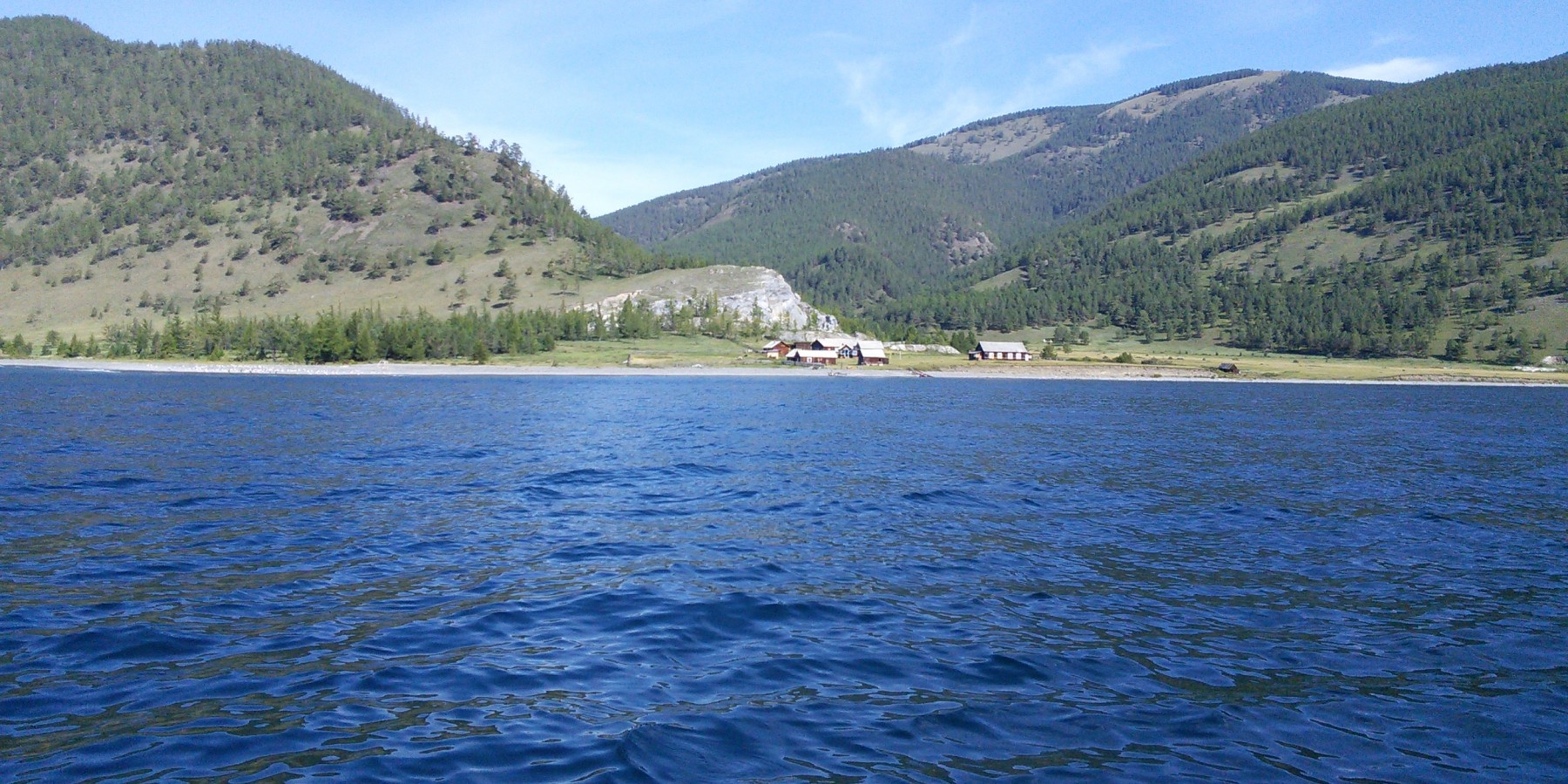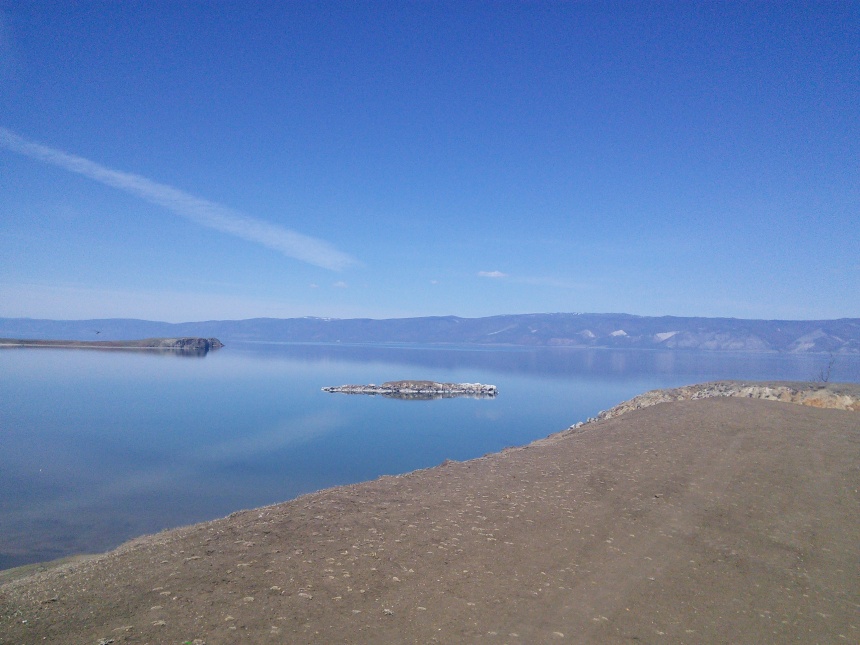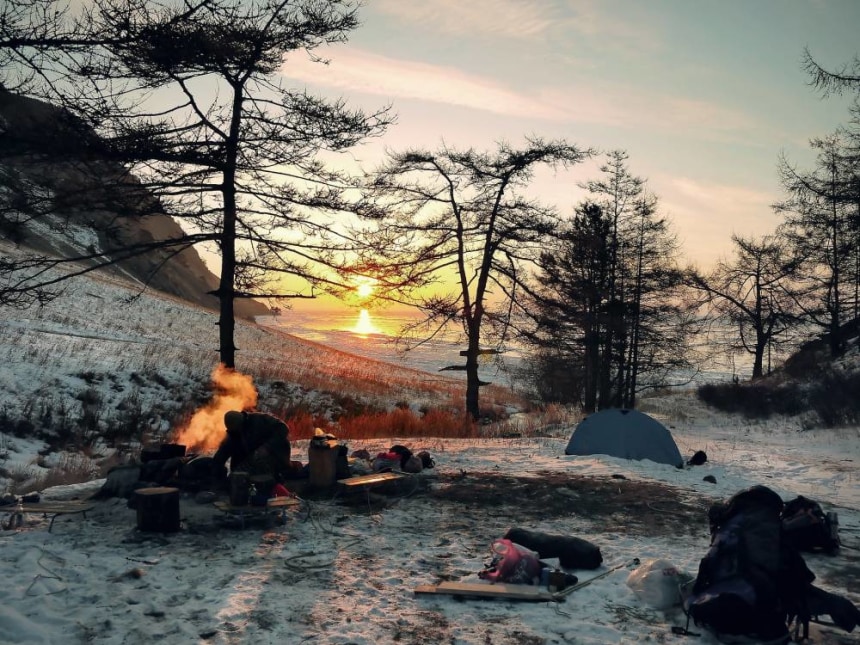
When you stand on the coast and blindly listen to the running wave, you can tell with confidence that yes, it is valid, this sea, more precisely the whole ocean which the quiet and measured rocking lulls your soul and instills in you infinite confidence in force of nature. There is something attracting, mysterious, unsolved and slightly (absolutely slightly and only at some moments of change of his mood) frightening in Baikal, that attracts thousands of tourists to his rich and generous coast.
Baikal is the deepest water lake in the world, its depth makes 1637 m. Only lake Tanganyika in Central Africa, whose depth - 1470 m, can be compared to it. Length of Baikal makes 636 km, and width varies from 20 to 60 km. However, the huge volume of fresh water more than 23 000 km3 is reached at the expense of lake depth. The unique chemical composition and temperature condition of water have caused uniqueness of flora and fauna of the lake which endemichnost makes 65%. For example, in Baikal there are more than 300 species of various Crustacea which brightest representative is the Baikal epishura.
Its size makes only 1.5 mm, but, despite such modest sizes, the crustacean is capable to absorb bacteria and, thus, is the biological filter, providing purity of the Baikal waters. In general, in Baikal there are about 3500 animal species and plants. It is fully difficult to estimate importance of inhabitants of Baikal as each of them is unique and necessary, but to create conditional top three of the beings, most interesting to the tourist, living in the lake, then the omul and a seal certainly will get to a top, of course having conceded the honourable first place to an epishura, thanks to its unique filtering properties.
The omul is an endemic food fish of Baikal a genus of whitefishes of family salmon. It is considered that he has got about 20 thousand years ago from the Sevrny ledovity ocean into Baikal, and today is the most beloved delicacy both for visitors of tourists, and for locals, being in the prepared look the integral symbol of good rest on Baikal.
And, at last the Baikal seal who isn't so much endemic how many a mimimishn as it is fashionable to write in social networks, and besides she is the only mammal in Lake Baikal. Is the most long-living of seals as her age can reach 56-58 years, surpassing in age of the relatives almost twice, for example, from the Arctic Ocean, has many different abilities to survival and to preservation of the posterity in extreme conditions what in more detail and in details you will be told by our guides about.
Baikal is live in literal and figurative sense. Locals always worshipped spirit Baikal, were afraid to anger him and took great pain to humour. Scientists say that Baikal differs in high seismicity, and really in it constantly there are fluctuations. Mostly we don't feel them, but there are also rather strong earthquakes. For example, still on Baikal the story about how in 1862 there was an earthquake measuring 10 points as a result of which quite most part of sushi with 5 Buryat villages has left under water by word of mouth wanders, and the cape which is nowadays marked on the map as the failure was formed.
All this and many other things, including stories about a lake origin, features of climate, about a plant and animal life, the interesting geographical facts, and also myths and legends of Baikal – you learn about all this, having attended our excursions across Baikal.



